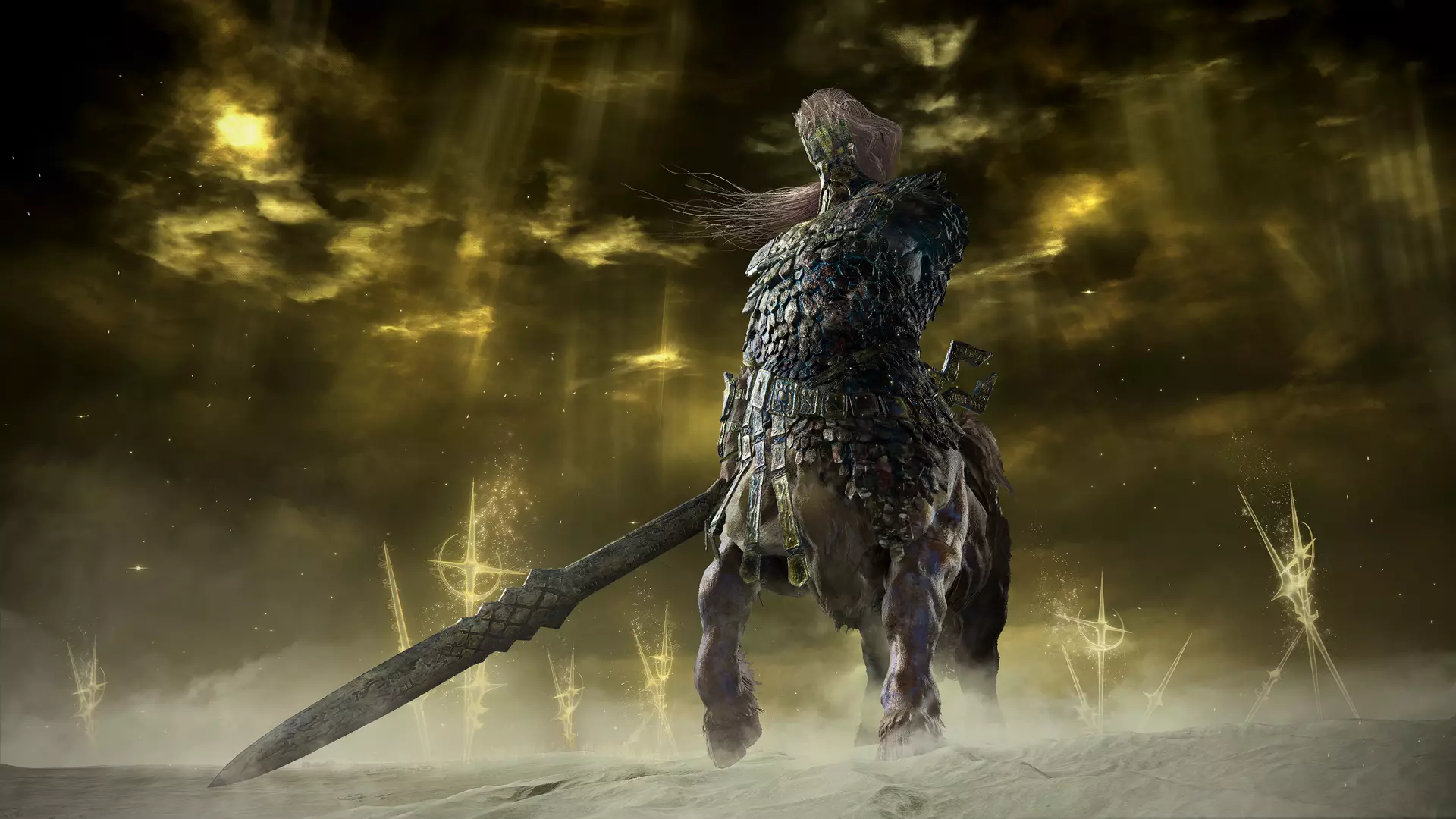FromSoftware, known for its intricate world-building and patient, methodical gameplay, found itself at a crossroads with its latest title, *Elden Ring Nightreign*. Unlike its predecessors—*Dark Souls* and *Bloodborne*, which invite players to savor every atmospheric detail and engaging character—this new addition focuses on a radically different approach. Here lies a significant transformation: instead of indulging in slow exploration, players are thrust into a world where urgency and swift decision-making reign supreme. This shift is emblematic of a broader evolution in gaming, where pacing and player engagement are redefined.
The Shift in Gameplay Mechanics and Player Experience
It’s intriguing to consider the decisive moments during development. As director Junya Ishizaki candidly expressed, the team’s apprehension about removing the leisurely nature of exploration indicates an awareness of the series’ core essence. However, the choice to prioritize intensity over introspection signifies a bold leap towards innovation. The structure of *Elden Ring Nightreign*, characterized by 45-minute matches that unfold across three in-game days, demands a frenetic pace. Players are required to engage actively, loot fervently, and strategize their movements to defeat formidable bosses. This design change calls into question how we experience victory in video games, pushing players to adapt their strategies significantly.
The Artistic Challenge: A New Kind of Visual Storytelling
One of the enchanting aspects of FromSoftware’s previous titles is their ability to narrate stories through environments. The exultant moment after defeating a challenging foe was often complemented by the chance to take in breathtaking vistas that revealed the intricate design of the game world. In *Nightreign*, this visual storytelling takes on a new form, as the focus shifts from exploration to fast-paced action. Yet, one must ponder—at what cost does this departure come? While the adrenaline rushes from intense battles are exhilarating, players may feel a sense of loss for those quieter moments that allowed for reflection and appreciation of the artistry that defines the franchise.
Rethinking Player Engagement and Game Design Philosophy
This strategic pivot raises questions about player expectations and engagement. Is the enjoyment rooted in the thrill of swift combat, or does it flourish in the contemplative moments between battles? This frantic design philosophy ultimately challenges gamers to reconsider what it means to progress in a FromSoftware game. By abandoning the leisurely pace, the studio risks alienating purists but simultaneously opens the door to a fresh audience impressed by the game’s pace and intensity. Ishizaki’s remarks about avoiding “one-to-one copy-paste” practices reflect an intention to innovate, even while drawing on established assets. This decision engenders a unique dialogue regarding the fine line between honoring tradition and advancing with bold innovation.
*Elden Ring Nightreign* represents more than just a spin-off; it embodies a daring experiment that reshapes player interaction within a beloved universe. As the gaming landscape adapts and evolves, so too must expectations and experiences, paving the way for new narratives and exhilarating adventures.

